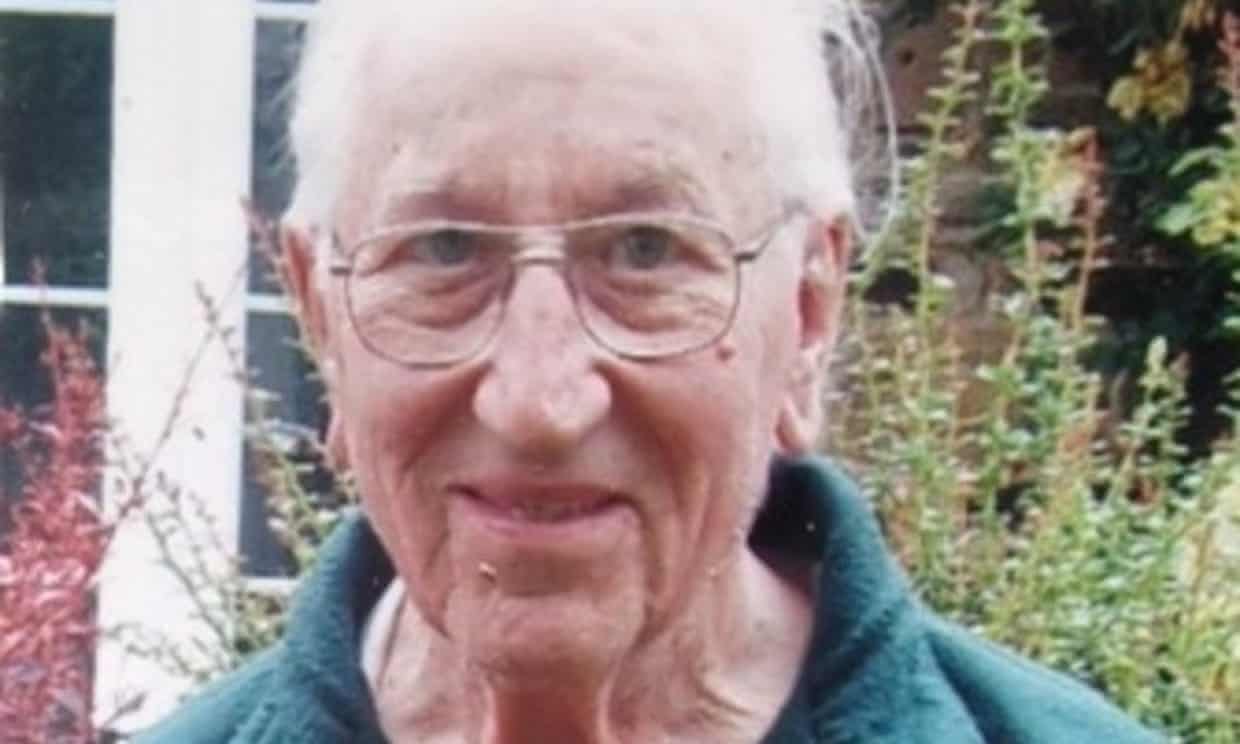
Other lives
Cyril Dix obituary
by Rosemary WaughMy father, Cyril Dix, who has died aged 97, was a research physicist who led the team of scientists that, in the early 1980s, established the international definition of how long a metre actually is.
The metre had, since 1791, been defined only by the length of a brass rod kept in a cellar in Paris. But in 1983 Cyril led a team at the National Physical Laboratory (NPL) in Teddington, Middlesex, which came up with a new, more precise international measurement that is now independent of any physical artefact and so gives an absolutely standard definition of the length of a metre anywhere in the world.
Cyril was born in Hampstead, north London, to Basil Dix, a railway porter, and his wife, Frances. Educated at Christ’s college, a secondary school in Finchley, he was working as an insurance clerk when the second world war broke out. Aged 16, he joined the Auxiliary Fire Service and then the Royal Corps of Signals, where his interest in electrical systems and communications led to a posting to Castelfidardo in Italy, intercepting and transmitting German messages from behind the lines and relaying them to Bletchley Park.
He was then posted to the Special Operations Training Battalion at Shenley in Hertfordshire as an instructor in electricity, magnetism and radio theory. There he met and married Joan Corning, who was a sergeant in the Auxiliary Territorial Service.
After being demobbed, Cyril spent four years studying for degrees in mathematics and physics at London University, and then joined the research labs of the General Electric Company. In 1951 he was appointed group leader of the new Travelling Wave Group, a part of GEC’s research labs that helped to develop telecommunications and led to the use of microwaves in various appliances. During this period he often worked in laboratories in Paris on the research and development of travelling wave tubes for radar, radio warfare and satellite communication.
Later Cyril joined the British Calibration Service as principal officer for radio frequency and microwave measurements, and in 1967 took up his post at the NPL, in charge of electrical measurements and standards. Once he had completed his work on the international definition of the metre he retired in 1983 and moved to North Yorkshire, although he did consultancy work with the NPL and for the governments of Hong Kong and Singapore, as well as being a part-time scientific adviser on nuclear defence to North Yorkshire county council.
Cyril had a strong and tuneful tenor voice, and he sang in church choirs, for the Harrogate and Ripon Gilbert and Sullivan Society, and for “Three Tenors” evenings in his village. He also had a passion for steam locomotives, acquired in childhood from his father’s work on the railways, and for ships and sailing.
He was unforgettable for his humour, his enthusiasms, the pragmatic way with which he coped not only with narcolepsy and recurrent malaria, but also with a series of hair-raising accidents and adventures throughout his life, and the pride and pleasure he took in his family.
Joan died in 2011. He is survived by his daughters, Lucy and me, four grandchildren, and nine great-grandchildren.